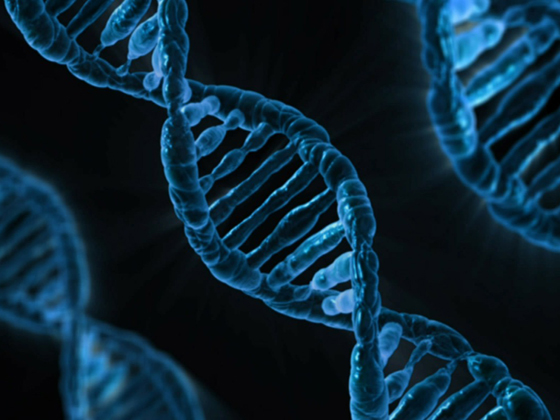What can the growth patterns of reproducing and competing polymers tell us about the origins of life? These so-called ‘molecular evolution’ systems are helpful tools for discovering how chemical species adapt to their environment, but they can have shortcomings when it comes to learning more about the natural world.
“Typically, such systems usually produce the molecule that is best adapted to the current conditions and further evolution then stalls, but this is not what we observe in nature as there is no such single best-adapted-to-life species on Earth,” comments Philipp Zimmer, a researcher based at the University of Saarland in Germany.
Reporting their latest results in the New Journal of Physics, Zimmer and his colleagues have introduced a model system of linear molecules, which they hope will provide a closer match to behaviour observed in nature. In other words, chemical interactions that mimic a system where evolution can continue indefinitely and different species co-exist.
In the reaction setup, which makes use of the structural properties of DNA, molecules of a certain length can reproduce with the help of enzymes following a template-based mechanism. In addition, there can be unlimited variation by producing new lengths due to spontaneous linking of neighbouring polymers. The distribution of different lengths of polymers represents the presence of different groups of living organisms in an evolutionary system.
Looking at their polymer model in more detail, the researchers identified a number of promising features exhibited by the system. First, the team observed a transition from non-selective to selective behaviour that could be implemented by a simple change in the reaction conditions. And second, the mechanism enables the selection process to continue indefinitely, at least in principle.
The group, which includes Emanuel Gregor Worst, Eva Wollrab, Karsten Kruse and Albrecht Ott, hopes that the model will provide a practical platform for finding out more about the dynamic mechanisms driving evolution. Further developments are currently underway to expand the system and shed more light on the mysteries surrounding the origins of life.
Full details of the reaction protocol together with analysis of the polymerization processes and resulting growth distributions can be found in the latest issue of the New Journal of Physics.
